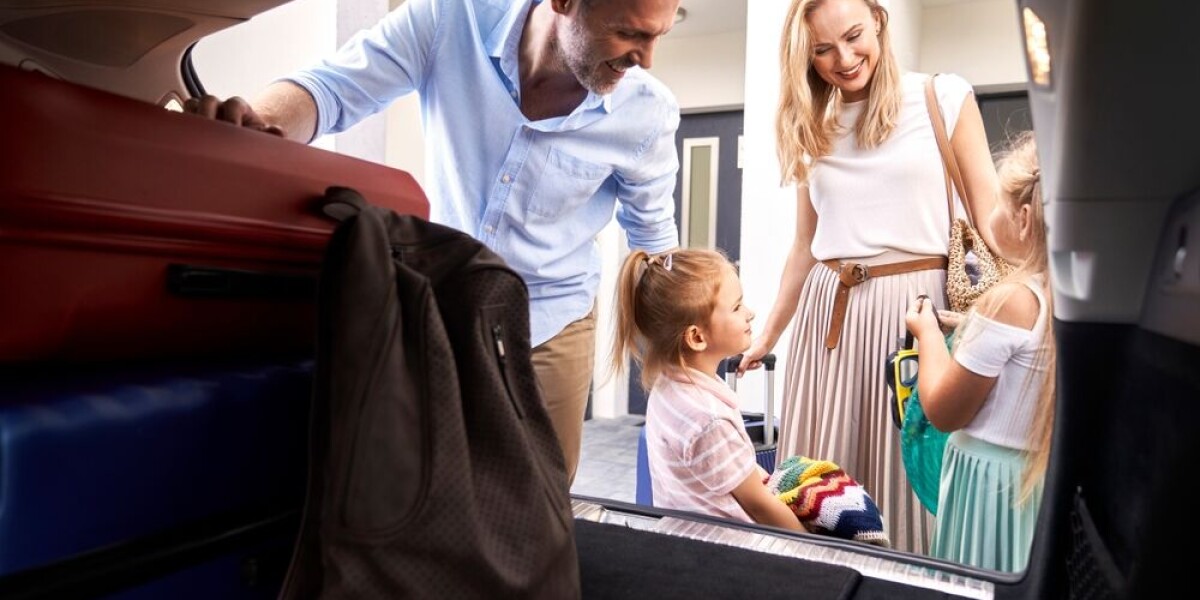Drivers should check they have the right documents and safety gear. They may also need a clean air sticker
Holiday makers across France are gearing up for this year’s summer break, with families traditionally taking time off in July or August.
Whilst more and more train tickets are sold during this time, around 70% of people in France still opt to travel by car for their summer holidays.
Many Britons also take advantage of ferry services to bring a car to drive through the country – and other nationalities often visit by car.
Read more: Ferry travel UK to France: routes, prices and deals
To make these trips go as smoothly as possible, some pre-planning is prudent, and below we go over the key points to go over before you drive off.
1: Check your car is ready for the journey
It may seem an obvious point, but checking your vehicle for any hiccups before using it for a holiday is often overlooked.
Checking oil levels, windscreen wipers, headlights, tyres, battery, and brakes a couple of weeks before your trip is best, so you can make any changes before leaving.
A full contrôle technique roadworthy test is not required (unless of course, the necessary amount of time has passed since your last one), but making sure these important points are in order can save you the hassle of a motorway breakdown.
Making sure your car’s air conditioning works – if it has it – is also wise, particularly for a trip at the height of summer.
Read more: Six tips for a safe and enjoyable French road trip this summer
2: Pack your car correctly and do not overload it
Having a set of essentials in the boot of your car is always recommended. This includes not only practical elements such as tools, but also food, drinks, and a change of clothing.
A reflective vest and warning signs if you break down on the motorway are required in your car by law.
The reflective vest must be in arm’s reach, so you can put it on before exiting the vehicle, and the warning triangles in your car’s boot.
Read more: What should you do if your vehicle breaks down on a French motorway?
Make sure any suitcases do not weigh your car down too much. The maximum weight your vehicle can carry is indicated on its registration document, and also sometimes on the car, on the side of the driver-side front door.
You can often weigh your loaded car at a nearby déchetterie (waste collection centre) as these usually have a weighing bay you can use if you are worried.
If you have a lot to pack, place the heaviest items at the bottom of your boot, and make sure your view out the rear window is not obstructed.
3: Check your documents
Alongside making sure your vehicle is in a good state to drive, you also need to make sure you have the right documents inside the car.
Green insurance vignettes are no longer needed in cars, however other documents including the car’s registration certificate (carte grise or certificat d’immatriculation), and proof of its latest roadworthiness test are.
A valid driving licence must also be shown upon request, however a digitised version of the document is available for some in France.
Read more: French driving licence: mobile app lets you keep original at home
Photocopies of these documents are not generally accepted.
Non-residents require additional documentation – you can read about this below.
Read more: What must drivers carry in their cars in France? Are photocopies OK?
4: Order your Crit’Air clean air sticker if needed
Depending on where you are driving to, you may need to get a Crit’Air sticker for your vehicle, showing its pollution level.
All vehicles – including foreign-registered ones – driving through low-emission zones (Zones à faibles émissions, or ZFEs) require one. The sticker can be ordered online here.
Your vehicle must have a sticker even if you do not plan to stay in the area, and are only driving through.
Driving rules within each ZFE differ and are stricter in some areas.
The article below gives an overview of the current rules in place, as well as a map of where they are in place.
Read more: 2024 MAP: Where are France’s clean air driving zones? What are rules?

